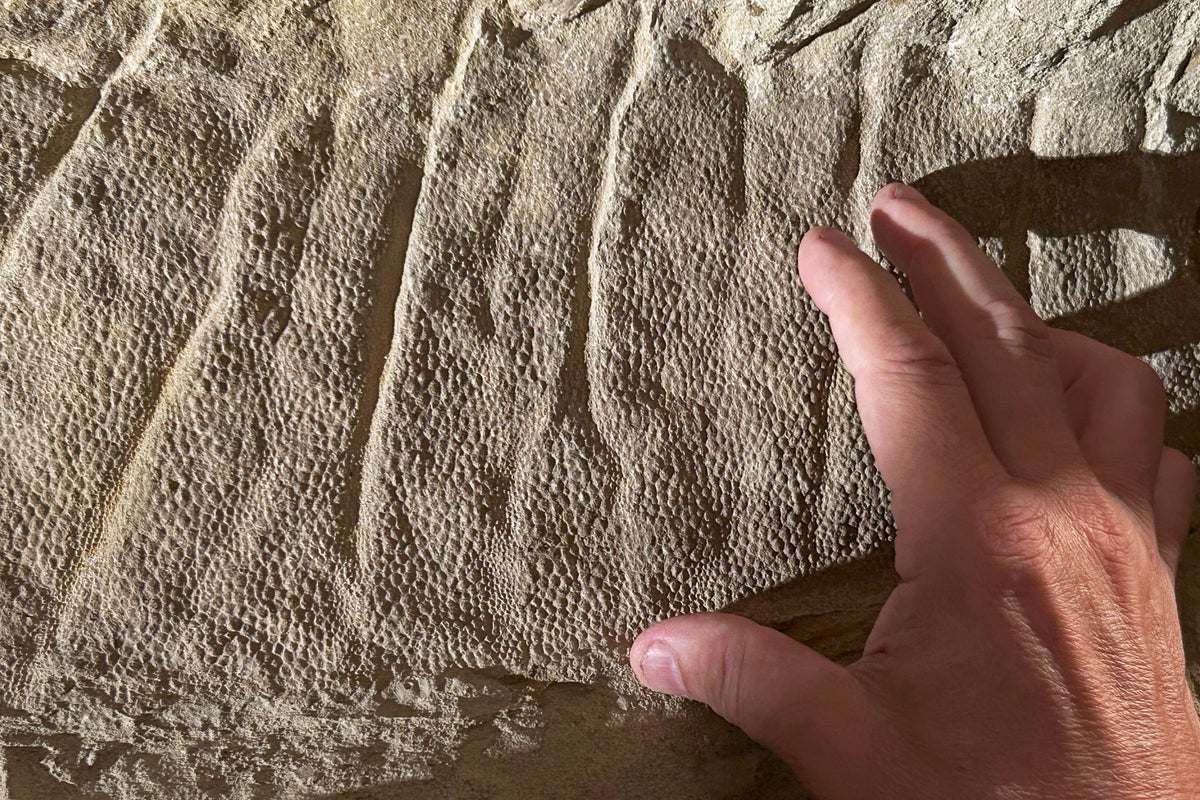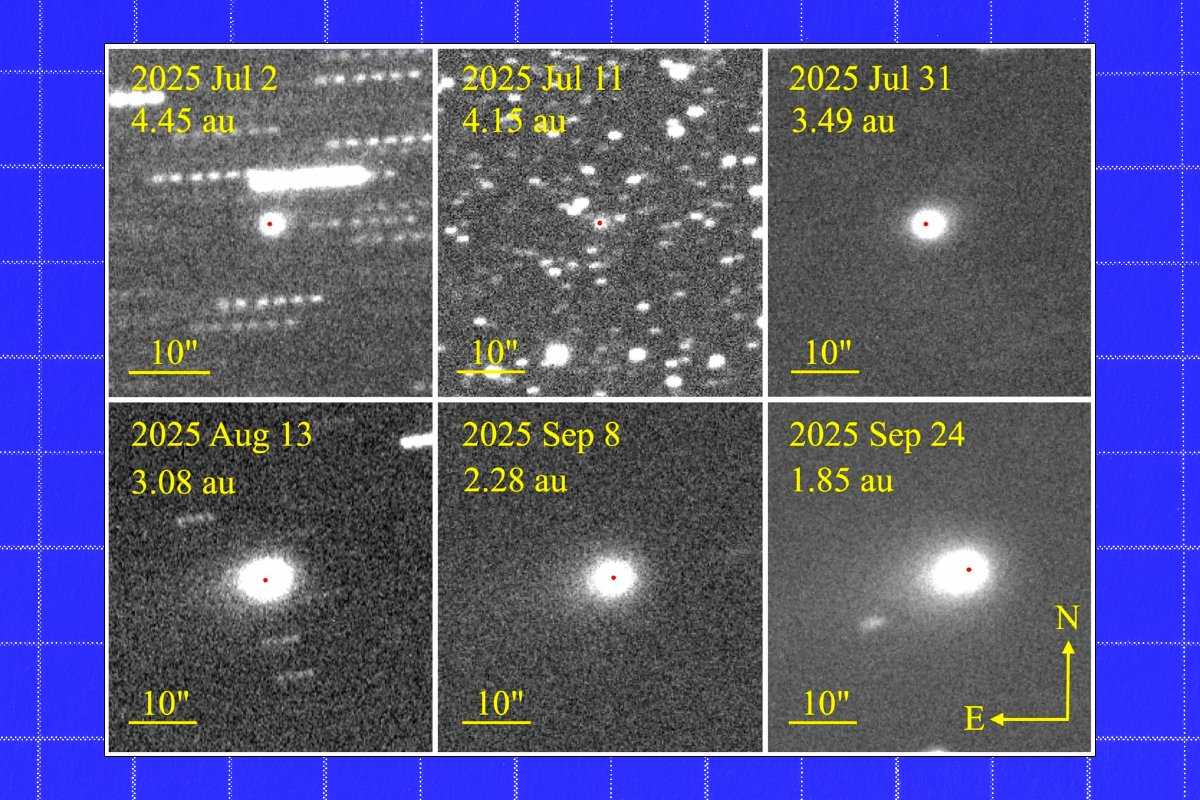New research indicates that dinosaur populations in North America were thriving just before the asteroid impact 66 million years ago, which triggered their mass extinction.
This finding offers a fresh perspective on the long-standing scientific debate over whether their numbers were already in decline. However, experts caution that this represents only one piece of the global ecological puzzle.
“Dinosaurs were quite diverse and now we know there were distinct communities” roaming around before being abruptly wiped out, study co-author Daniel Peppe, a paleontologist at Baylor University, said.
The latest evidence comes from analysing a portion of the Kirtland Formation in northern New Mexico that’s been known for nearly 100 years to contain several interesting dinosaur fossils.

Scientists now say those fossils and the surrounding rocks date from around 400,000 years before the asteroid struck, which is considered a short interval in geologic time. The age was determined by analysing small particles of volcanic glass within sandstone and by studying the direction of magnetic minerals in mudstone of the rock formation.
The results show “the animals deposited here must have been living close to the end of the Cretaceous”, the last dinosaur era, Mr Peppe said.
The findings were published on Thursday in the journal Science.

Differences between the dinosaur species found in New Mexico and those found at a site in Montana previously dated to the same time frame “run counter to the idea that dinosaurs were in decline”, he said.
The fossils previously found at the New Mexico site include Tyrannosaurus rex, a huge, long-necked dinosaur, and a Triceratops-like horned herbivore.
Scientists who weren’t involved in the study cautioned that evidence found at a single location might not point to a broader trend.
“This new evidence about these very late-surviving dinosaurs in New Mexico is very exciting,” University of Bristol palaeontologist Mike Benton, who was not involved in the study, said.
He added, though, that this was “just one location”. It was “not a representation of the complexity of dinosaur faunas at the time all over North America or all over the world”.

Although scientists have found dinosaur fossils on every continent, accurately dating them has been a challenge, said palaeontologist and study co-author Andrew Flynn of New Mexico State University.
Easily datable material such as carbon does not survive in fossils, so researchers must look for surrounding rocks with precise characteristics that can be used to determine ages.
Further research might help palaeontologists complete the picture of what range of dinosaur species was alive globally on the eve of the asteroid crash, Mr Flynn noted.
First Appeared on
Source link












